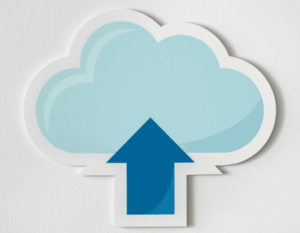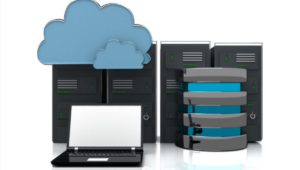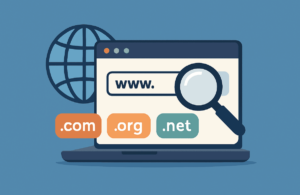
Did you know you can host many sites on one plan? Multiple websites hosting lets you save money and simplify management. Instead of buying separate
We all want to hear one voice that we have our first home, but having a home does not sound like that easy.
If you are looking to buy your first home, then it is important that you consider the following factors before making a purchase.
First of all, how much money can you put down? You will want to have enough for a 20% down payment at least.
Second, what type of loan do you qualify for? There are many different types available.
Thirdly, where do you plan on living in the next five years? If this location changes frequently or if it is uncertain where your career may take you in the future, then renting might be better option.
Fourth, what size property would suit your needs best? The amount of space needed varies from person to person and some people prefer less space while others need more room for hobbies or children.
If we don’t have assets, we need to think about saving enough money or having easy and low money down mortgages or no money down home loans.
My best advice is to thoroughly exhaust all possible options for saving a down payment, which I go into inside this post, before using a no money down loan.
By following this process, you’ll pay less in lifetime interest if you can lower the amount of money you need to borrow.
However, I understand that sometimes it’s not possible to save $30,000 or $50,000 before buying a house.
Let’s explore how to buy a house with low or no money down.

Some lending options include mortgages that don’t require you to put any upfront money into the purchase.
Government-backed loans are the types of mortgages that let you do this. The reason they let you into such a deal is because the government is on the hook if you don’t pay back the loan, as opposed to the lender footing the bill.
These loans are typically insured loans, further lessening the risk for lenders. With the government-backed assurances, these lenders will accept people who have risky credit scores and histories.
The two most common government-backed loans are:
VA Loans Offer No Money Down Home Loan Options
You might qualify for this type of loan if you fit one of these profiles:
The Department of Veterans Affairs backs these loans and helps people get into homes with no money down. There’s also a 2.15% funding fee that you can choose to pay in order to avoid paying mortgage insurance premiums every month.
The United States Department of Agriculture backs these loans that come with the zero money down option. USDA loans are offered by the government in order to encourage suburban and rural development.
The qualifications include income and locality requirements.
First, your household can’t have combined gross income that amounts to more than 115% of your county’s median income. Your FICO Score needs to be 640 or higher and they’ll usually deny anyone with a debt-to-income ratio that is 45% or higher.
Second, your USDA provider will check to make sure that the home you want to buy is within its mapping guidelines for what they consider to be a rural or suburban area.
If you find that you can’t qualify for one of these zero down options, then consider looking at low money down options, such as a conventional loan or government-backed FHA mortgage.
These loans are backed by the Federal Housing Administration and allow people to secure mortgages for as low as only 3.5% down.
They’re typically used by low to moderate income earners who struggle to save 20% down payments.
You won’t see as many requirements with FHA loans when compared to VA and USDA loans. Here are the main things that are required:
One important factor with FHA loans is that the program makes you pay for mortgage insurance for the life of the loan if your down payment comes in at less than 10% of the purchase price.
There’s a way to get around this, however. You can buy your home through the FHA, wait until you have 20% equity built up in the property and then refinance into a conventional loan. The conventional loan won’t charge you the mortgage insurance if your equity is 20% or more.
It’s possible that someone has told you how impossible it is to qualify for a conventional loan if you don’t have a 20% down payment.
Here’s the truth about that.
Some lenders will allow you into your new home with as little as 3% down.
The catch is that you’ll need to pay private mortgage insurance (PMI) because you’re not creating 20% equity with a 3% or 5% down payment. Although most people want to avoid PMI because you’re paying an insurance premium to cover someone else’s risk (the lender’s), you can at least get into your new home with far less required out-of-pocket money.
Make sure to cancel that PMI responsibility the moment you’ve paid enough mortgage payments to create 20% equity.
Buying a home is usually possible, no matter your situation. If you’re concerned that you can’t save a large down payment, then consider one of these low or no money down loans as your next option.

Did you know you can host many sites on one plan? Multiple websites hosting lets you save money and simplify management. Instead of buying separate

It’s crucial for your online store to choose the best hosting for e-commerce. A slow website drives customers away and lowers sales. Website speed affects

A domain name is your website’s online address. It helps people find you. It’s crucial to pick the right one for branding and visibility. A
Copyright 2021 Dwayne Graves Online | All Rights Reserved |